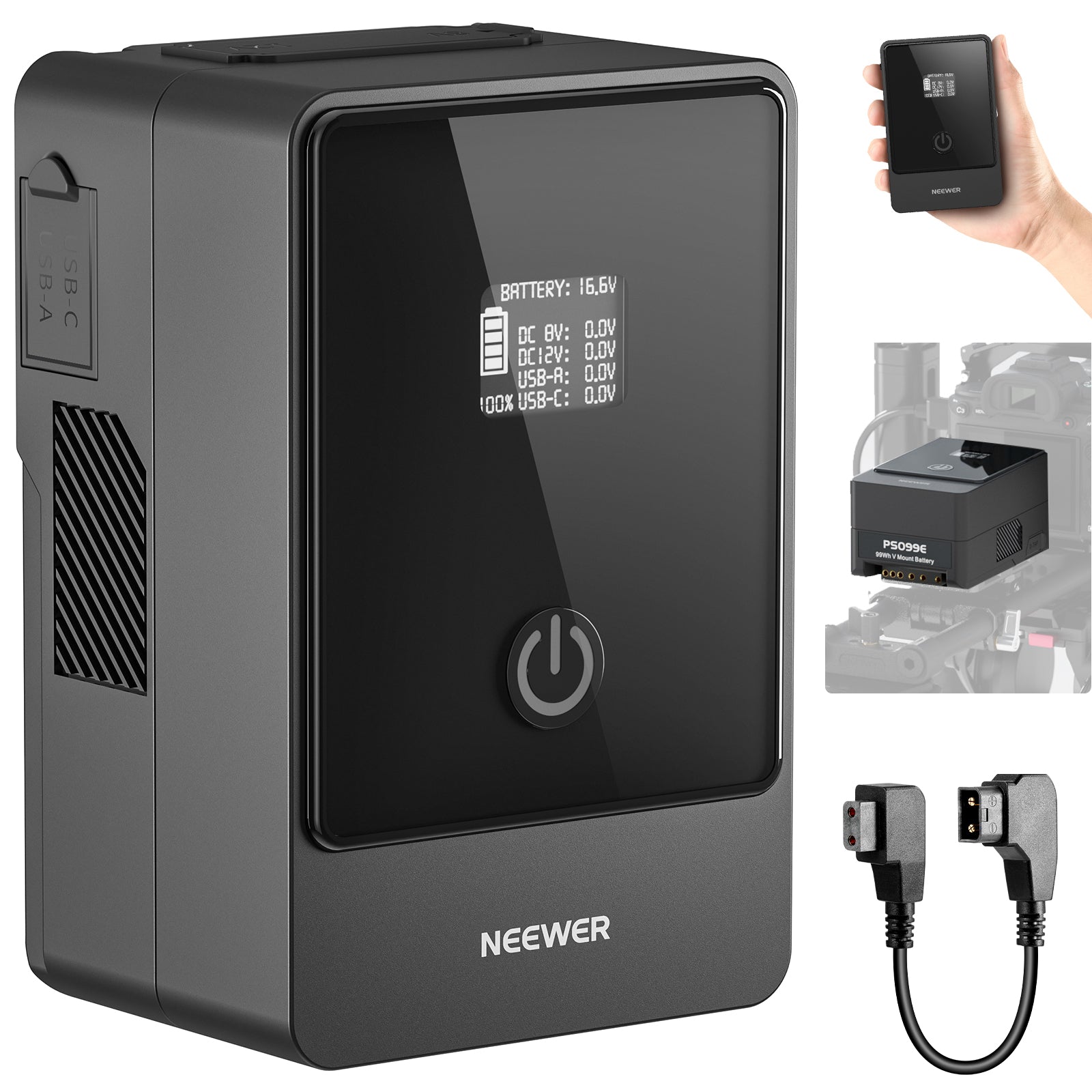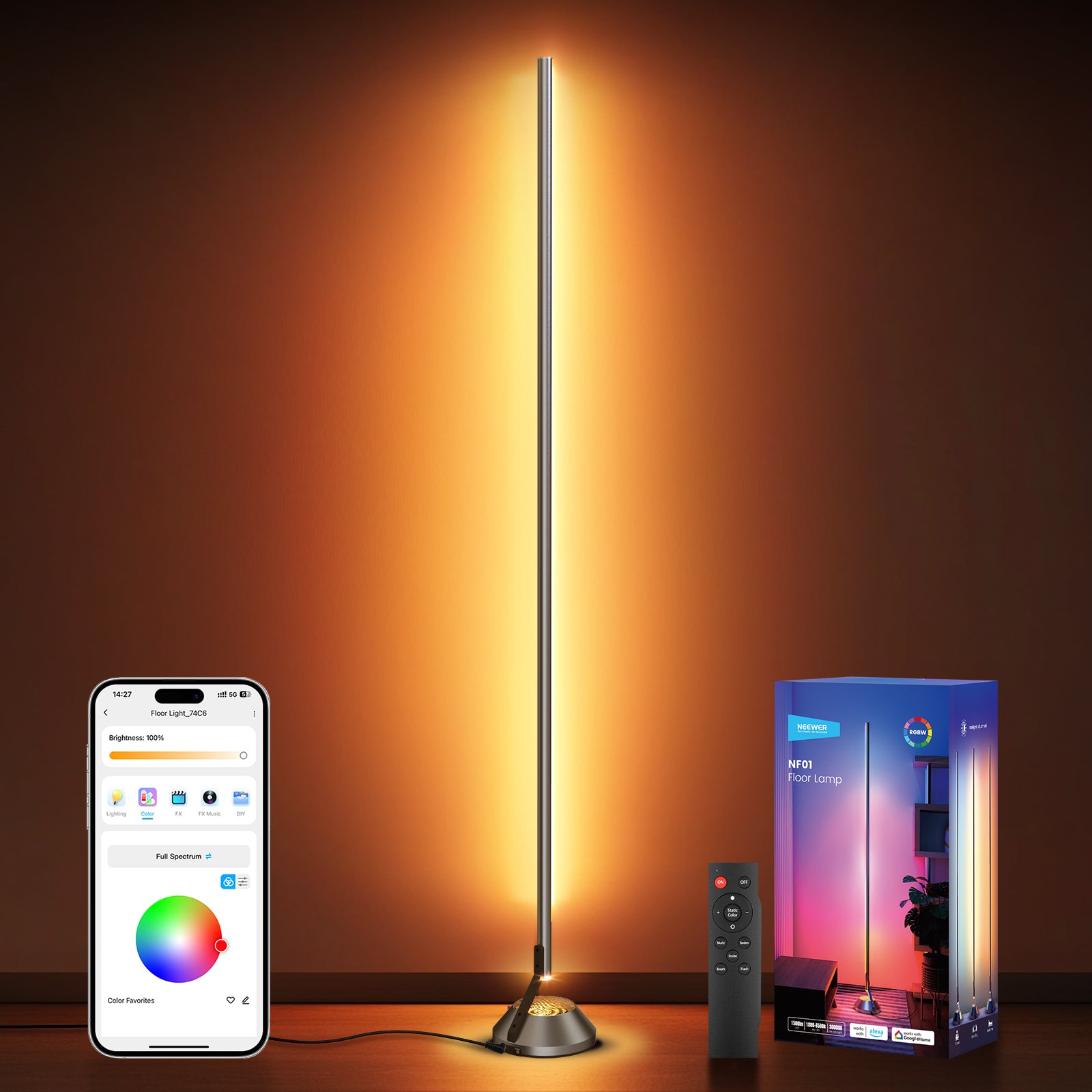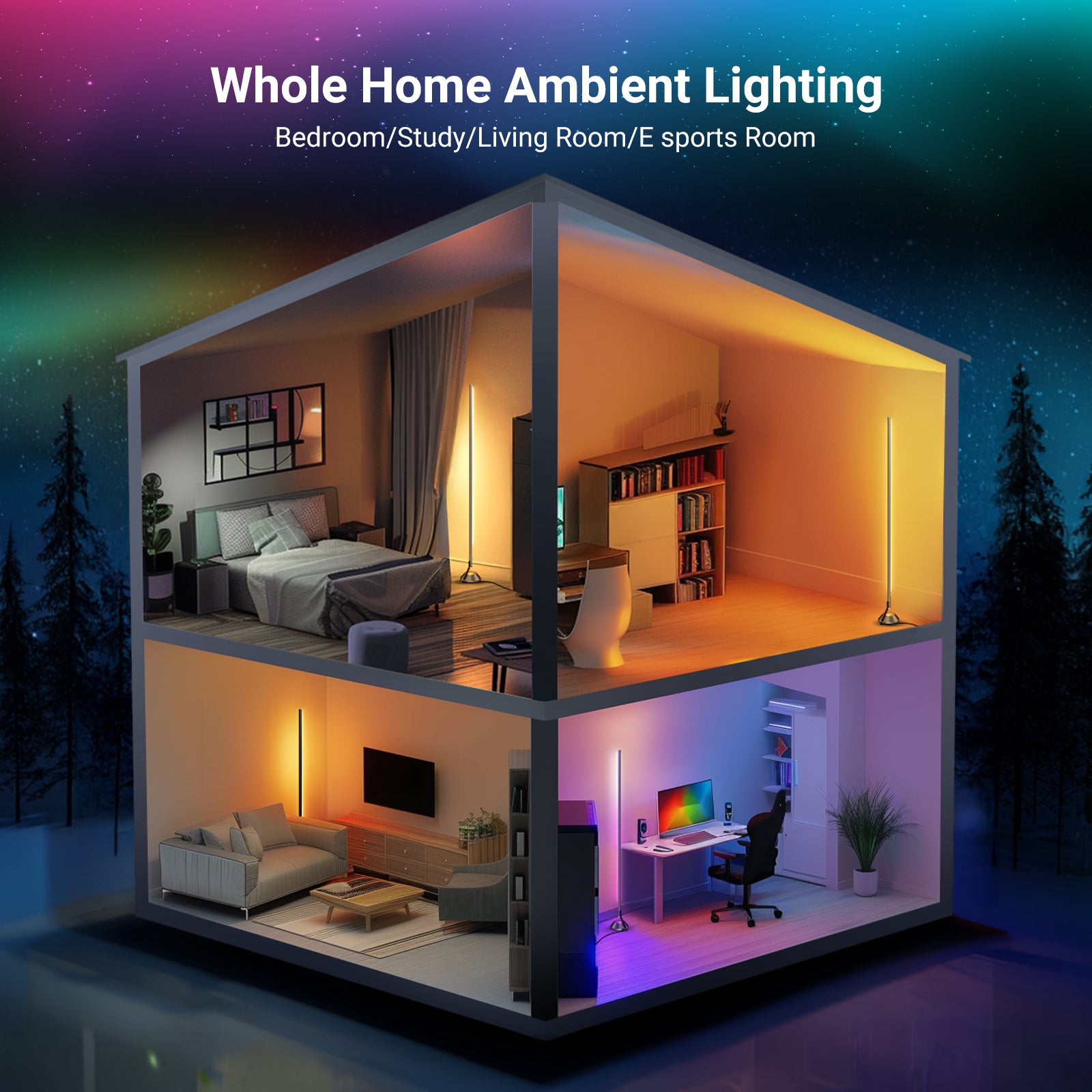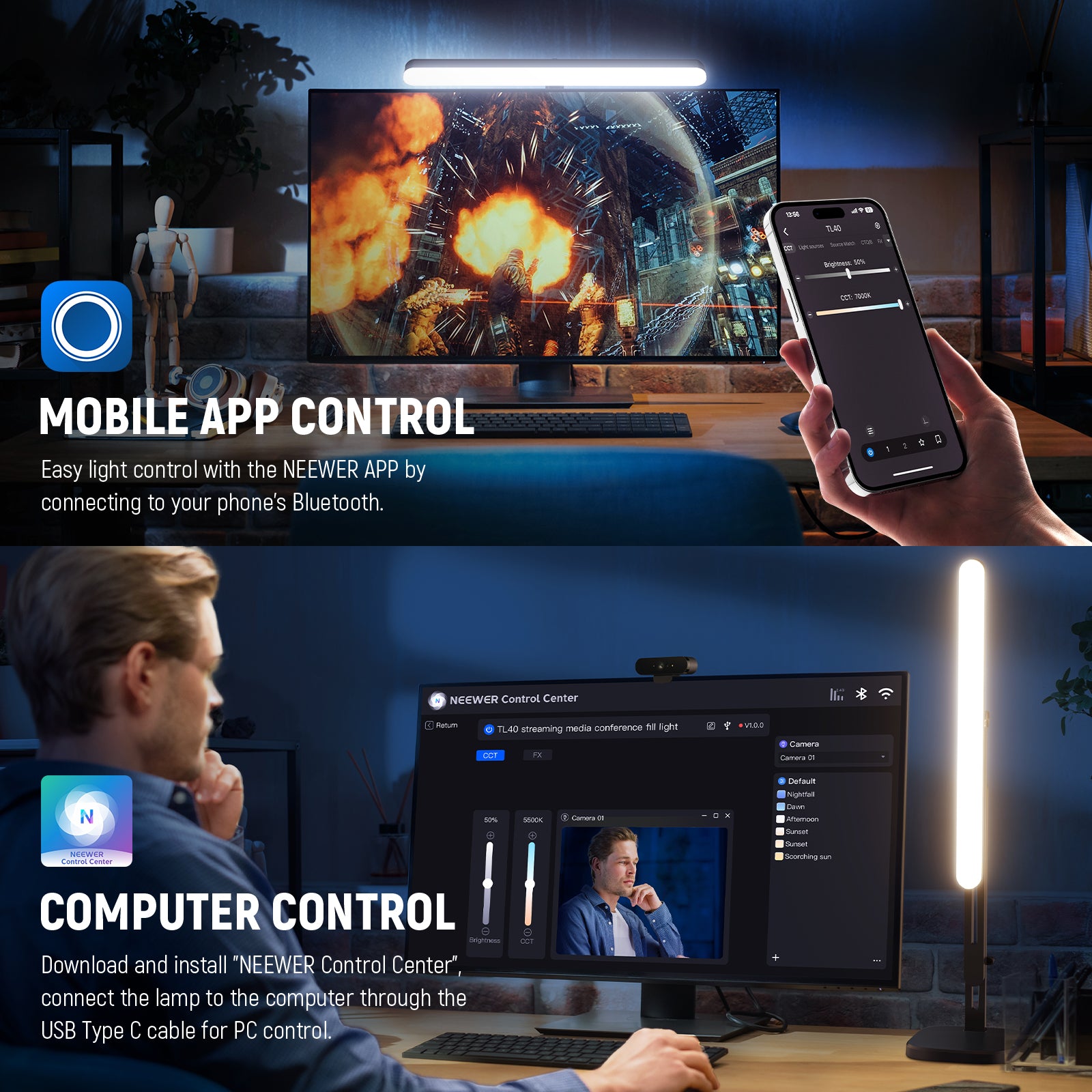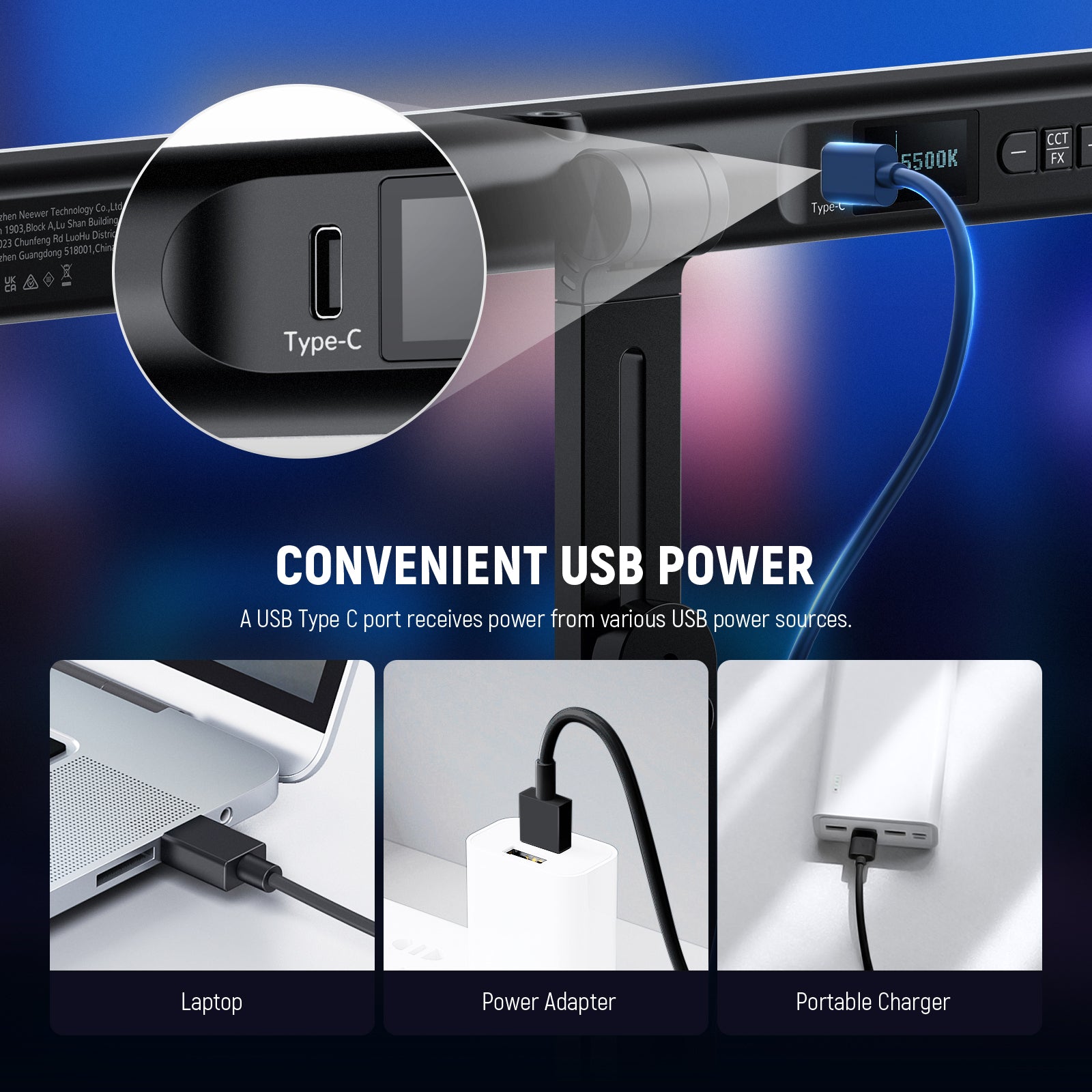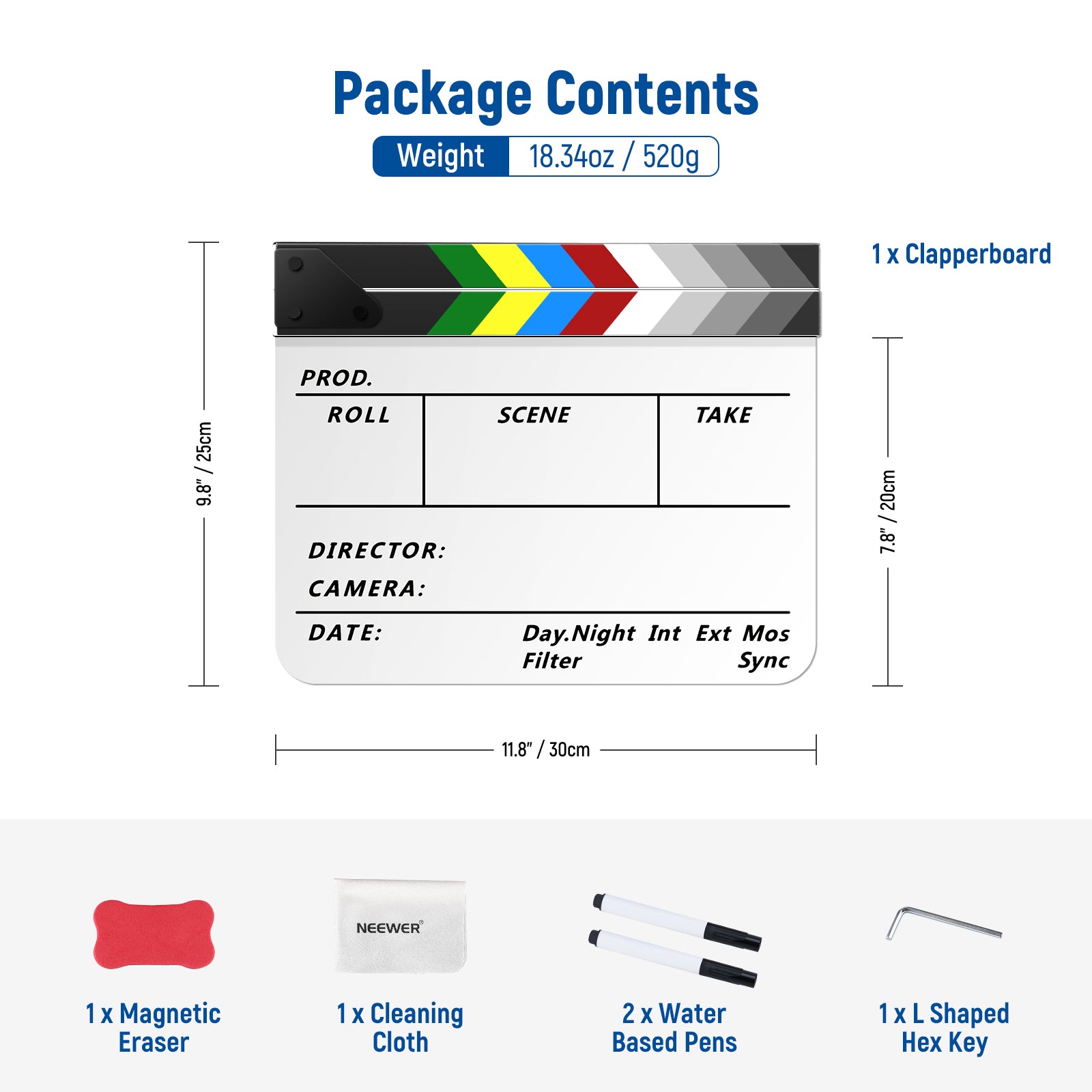Table of Contents
Strobe lights are essential equipment for most photographers and should be utilized regularly. A good strobe flash can elevate your photographic results. In this post, we will explore strobe light's meaning, uses, and difference between speedlight and continuous light. It can help you learn more about this photographic light.
What Is A Strobe Light in Photography?

A strobe light for photography is a high-powered flash device that emits brief yet intense bursts of light. Experienced photographers often include them in their kits to ensure they can face challenging shooting conditions with confidence, providing consistent illumination that allows high-quality image captures. Unlike continuous lighting sources that emit continuous illumination when activated, strobe lights flash only when they're triggered - perfect for freezing motion and balancing ambient lighting levels in different settings.
Strobe lights are popularly utilized in studio photography, and work perfectly when combined with light modifiers such as softboxes or umbrellas to shape and diffuse the light source. Strobe lights allow photographers to control intensity, direction, and temperature to create creative lighting setups suited for portraiture, product photography, and artistic endeavors alike.
What are Strobe Lights Used For in Photography?

-
Freezing Motion with Precision
Strobe lights are an ideal way of capturing fast-moving subjects with short flash duration. In sports photography, for instance, using a strobe light can freeze a basketball player in midair as they leap toward the basket - guaranteeing every detail remains sharp and crisp in your photograph.
This feature can also prove invaluable in high-speed action scenes, where even a brief flash of light can capture an important moment. Being able to freeze motion helps photographers avoid blur in fast-moving subjects when the shutter speed can't keep pace with them.
-
Mastering Lighting Control
Strobe lights allow photographers to exert complete control over the intensity, direction, and quality of light. For portrait photography purposes, photographers might use softboxes attached to strobes in order to produce flattering lighting that enhances features beautifully.
Strobe lights can also be adjusted to meet specific moods or settings. A photographer could increase or reduce power to create high-key or low-key effects respectively - showing how lighting control has such an influence over mood in photographs.
-
Crafting High-Contrast Lighting
Strobe lights are ideal for creating striking, high-contrast lighting that's popular in fashion and editorial photography. A strobe light can be placed on one side of a model to produce striking shadows and highlights that emphasize facial features while also producing a cinematic effect.
Lighting with contrast between light and shadow creates an eye-catching image, perfect for creating dramatic photos where texture, form, or shape must be highlighted for enhanced dramatic impact. This technique often finds application in creative shoots where texture or form needs to be highlighted to bring out its dramatic presence in images.
-
Balancing Ambient Light

Strobe lights can help balance ambient lighting under challenging lighting conditions. For instance, when shooting an indoor event at night using available light sources only, strobes provide extra illumination that ensures subjects are well-lit while maintaining a natural ambiance to the scene.
Balance is key in creating natural-looking photos without overexposing or underexposing subjects, especially in low-light scenarios where natural lighting may not suffice. Strobe lights provide additional illumination where natural lighting falls short, enabling photographers to achieve proper exposure while maintaining the aesthetics of their environment.
-
Unleashing Creative Special Effects
Strobe lights can add special effects and character to photography, adding an exciting spin that adds unique and striking imagery. Strobe lights can simulate lightning in dramatic scenes like storm-themed shoots by producing intense, quick flashes of light that add intensity.
Photographers can utilize strobe lights creatively in photography to experiment with shadows, light streaks, or dynamic lighting setups. For example, using a strobe light creates a motion blur effect - when the subject is moving rapidly between flashes resulting in an artistic trail of light that adds energy and movement to the photo.
-
Achieving Consistent Lighting Excellence
One of the key advantages of strobe lights for studio product photography is their consistency in lighting across multiple shots - an essential feature in e-commerce photography. In studio product photography, using strobe lights ensures every product is illuminated uniformly across shots for consistent lighting across each shot, providing reliable illumination across the board and facilitating uniform product illumination across each product shot.
Reliability extends to portrait or fashion shoots where lighting conditions must remain consistent across different setups. Strobe lights emit the same intensity of light each time, helping ensure that images in a series look uniform without variations in exposure.
Strobe Light vs. Speedlight
|
Feature |
Strobe Light |
Speedlight |
|
Power and Output |
High power, ideal for large setups and overpowering ambient light. |
Lower power, suitable for smaller spaces and close subjects. |
|
Portability |
Bulky, designed for studio use; requires external power sources. |
Compact, lightweight, runs on AA batteries; highly portable. |
|
Flash Duration |
Shorter flash duration, excellent for freezing fast motion. |
Slightly longer flash duration, less ideal for high-speed scenarios. |
|
Recycle Time |
Faster recycle times for continuous shooting. |
Slower recycle times, especially at higher power levels. |
|
Light Control |
Works with a wide range of modifiers like softboxes, umbrellas, and beauty dishes. |
Limited to smaller modifiers like bounce diffusers or mini softboxes. |
|
Ease of Use |
More complex setup; suited for advanced or professional photographers. |
Simple and user-friendly; great for beginners and hobbyists. |
|
Cost |
Generally more expensive. |
More affordable. |
|
Best for |
Studio photography, product shoots, and professional portraits |
Event photography, outdoor portraits, and travel photography |
Can You Use Strobe and Speedlite Together?
Yes, you can use strobe lights and speedlites together in photography, and doing so can offer a variety of creative lighting possibilities. For instance, during an outdoor portrait session, you might use a strobe light as the main light source and a speedlite as a fill light to balance shadows. The combination allows you to take advantage of the strobe's power for well-lit subjects and use the speedlite for more subtle adjustments.
Strobe Light vs. Continuous Light
|
Feature |
Strobe Light |
Continuous Light |
|
Light Output |
Provides intense, short bursts of light. |
Emits steady, constant light. |
|
Power and Brightness |
Higher power, capable of overpowering ambient light for well-lit subjects. |
Generally lower power; may struggle in bright environments. |
|
Control Over Exposure |
Allows for precise exposure adjustments with short flash durations. |
Requires slower shutter speeds or higher ISO for proper exposure. |
|
Motion Capture |
Ideal for freezing motion in high-speed photography. |
Not suitable for freezing motion due to constant light output. |
|
Heat Generation |
Produces little heat as the light is emitted only in flashes. |
Can generate significant heat, especially with traditional tungsten lights. |
|
Portability |
Typically bulkier and requires power outlets or battery packs. |
Often lightweight and portable, especially LED-based models. |
|
Ease of Use |
Requires synchronization with the camera and more technical knowledge. |
Simple to use, as the light is always on. |
|
Light Appearance |
Mimics natural light more closely; adjustable with modifiers. |
May require color correction for specific effects or moods. |
When to Use Strobe Light Photography?

- When You’re Shooting Studio Portraits, Strobe lights are essential in a controlled studio environment where you need consistent, powerful light to shape and sculpt the subject.
- When Photographing Products, Strobes are perfect for product photography, especially when you need even lighting and accurate color reproduction.
- When photographing indoor events like weddings, corporate functions, or concerts in low light conditions strobe lights provide the ideal solution to balance ambient lighting levels and properly expose subjects.
- Strobes are great tools for freezing fast-moving action such as sports, wildlife, or dance photography.
- If you want to achieve special lighting effects that are artistic or dramatic, strobe lights are the perfect tools for you.
- Fashion photography relies heavily on creating high-contrast, dramatic lighting for its shoots. Strobe lights can help achieve this.























